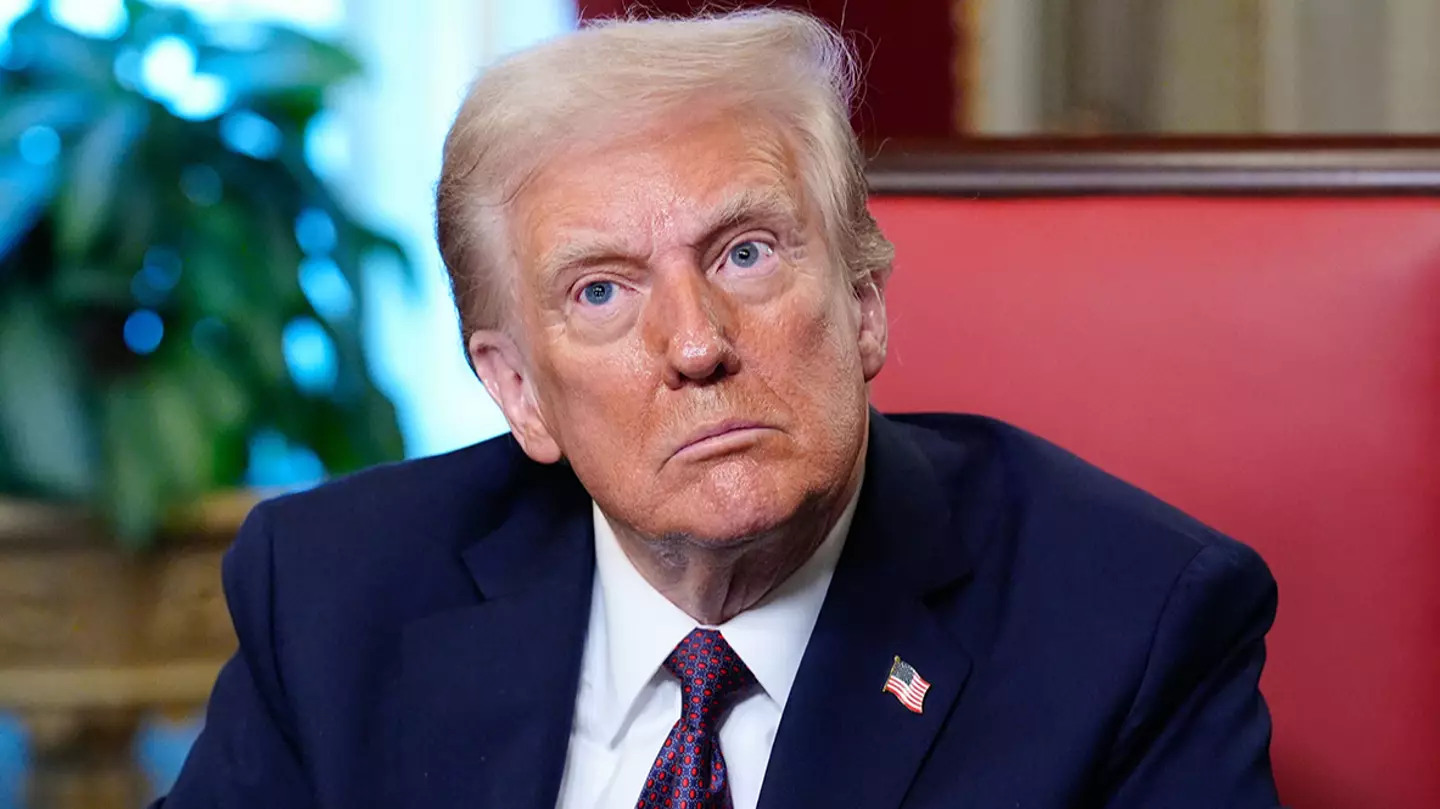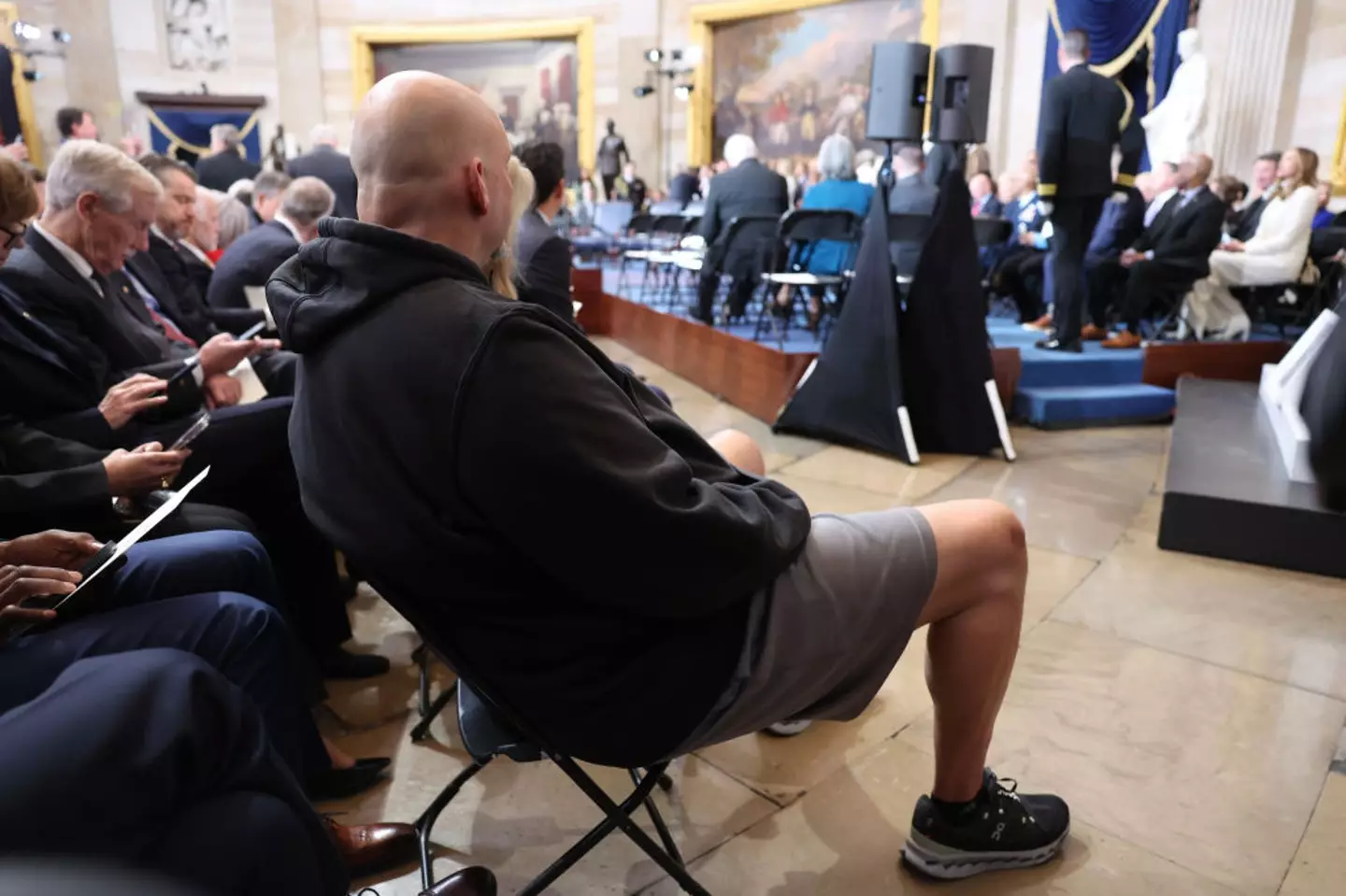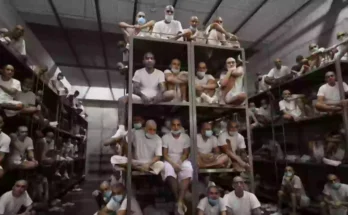The US Postal Service is temporarily refusing to accept parcels from China and Hong Kong in a move that could see both retailers and consumers stumped.
USPS confirmed as of Tuesday (February 4) it will suspend only international package acceptance of inbound parcels ‘until further notice’. However, the ‘flow of letters and flats’ – so, large envelopes – from China and Hong Kong ‘will not be impacted.’
Still, if you’re expecting a package from Amazon or perhaps fashion giants Shein, Temu or AliExpress, you might be waiting a while.
USPS did not say how long the suspension is anticipated to last, nor the reason behind the move.
The move comes as president Donald Trump imposed a new measure which closed the ‘de minimis’ tax loophole.
This allowed small packages worth $800 or less to be sent to the US without incurring any fees – and has helped low-price retail giants including Shein and Temu boom.
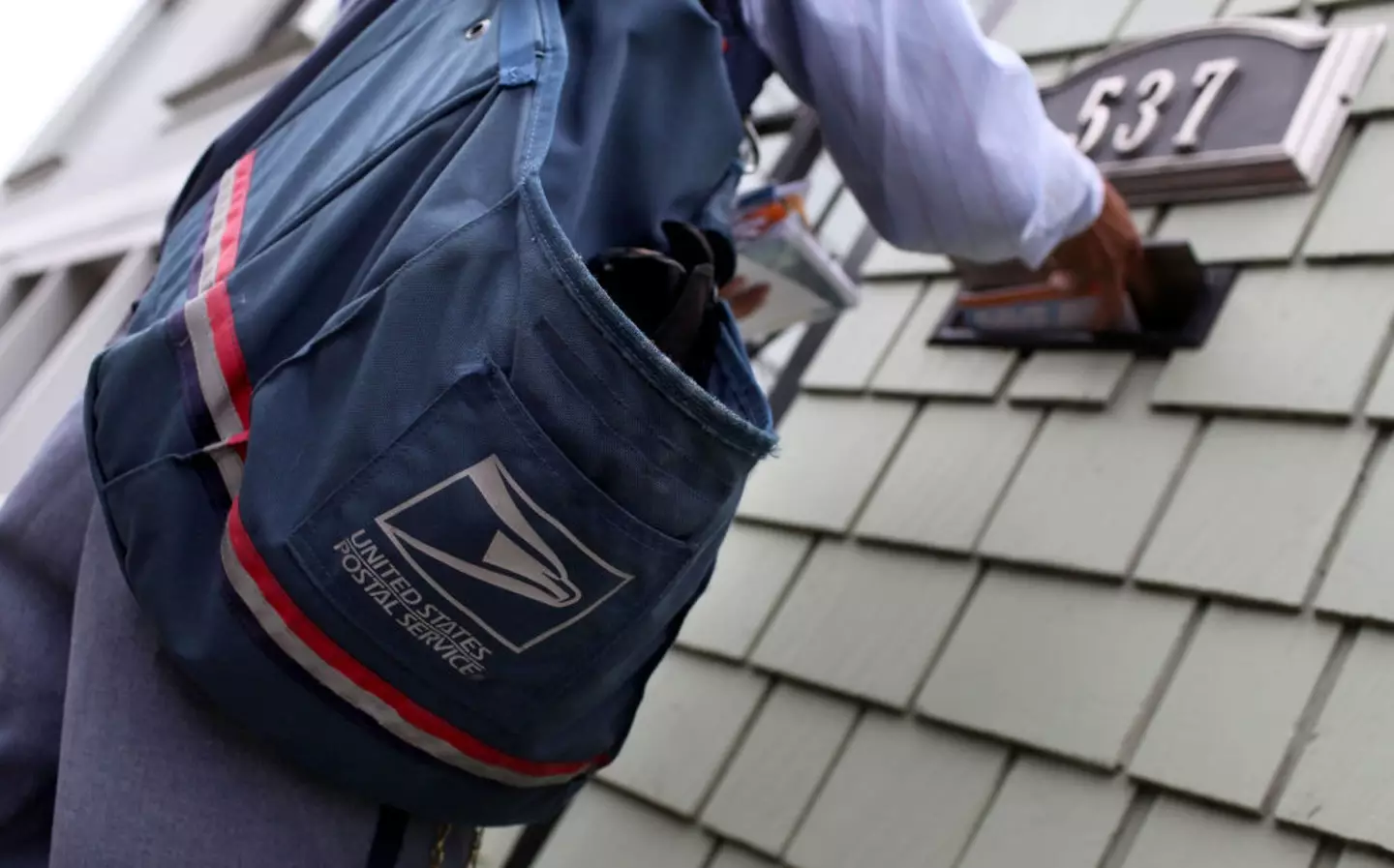

The USPS suspension is indefinite (Justin Sullivan/Getty Images)
Trump’s new China tariff
The ‘de minimis’ exemption has long been under scrutiny, with US officials claiming it runs a security risk.
And during his trade announcement last weekend, Trump confirmed an additional 10 percent tariff on all goods imported to the US from China and Hong Kong, extending it to cover both fashion and toys.
These changes were already being made under Joe Biden’s administration before Trump took office.
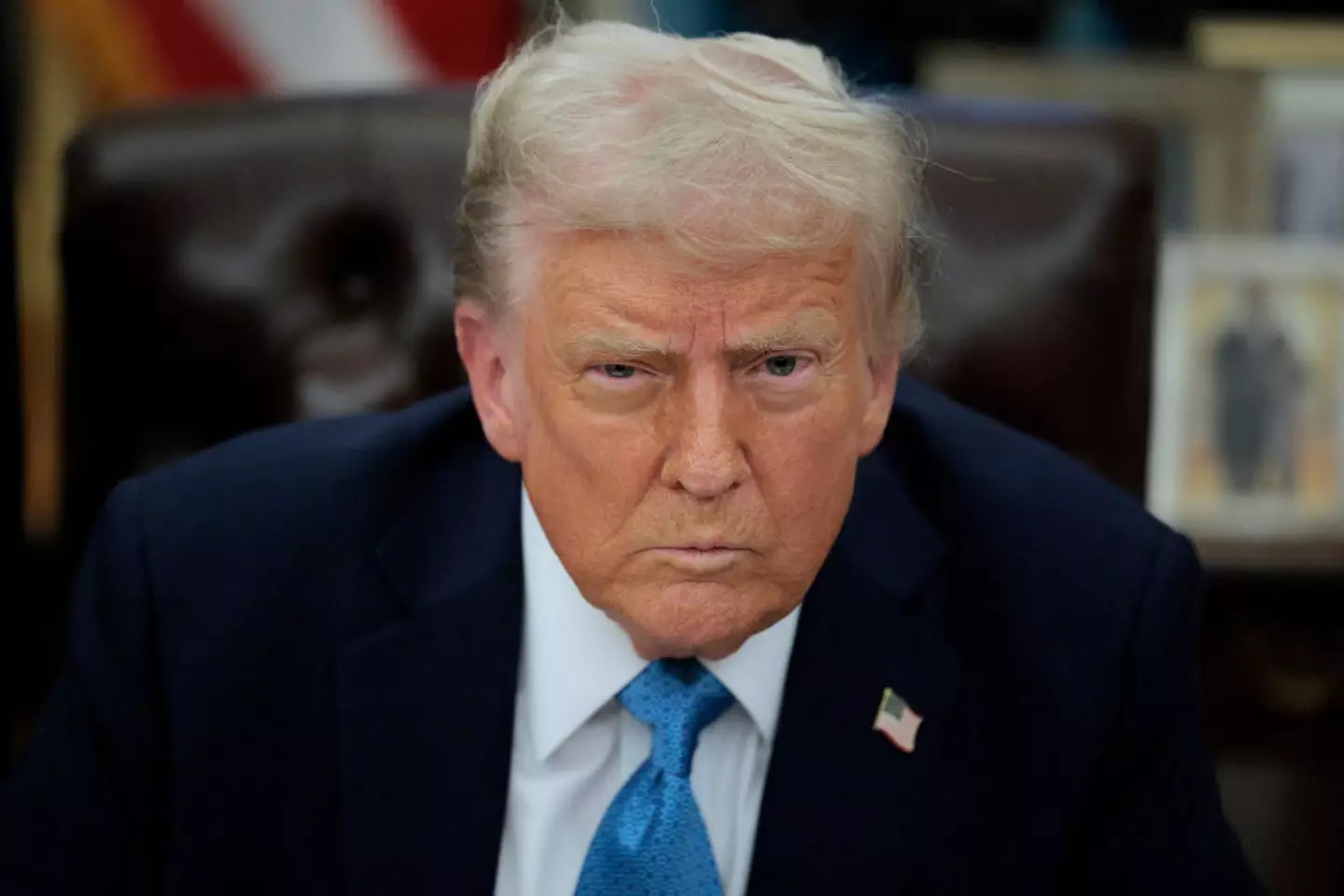

President Trump confirmed the tax loophole would end this weekend (Chip Somodevilla/Getty Images)
The end of Shein?
Reacting to the news on social media, one person predicted: “We finna see the downfall of shein omg —” as a second joked: “Temu better be able to fit everything in a letter.”
A third added: “Do you know the amount of things that we get imported from these two places… they’re gonna have to shut Temu down.”
A fourth warned: “People are laughing about the #USPS stopping all packages from China and Hong Kong. Just wait. I don’t think Americans realize how much of our products are manufactured by China.”
And they’re right; it’s not just the fast fashion stores that will be impacted.
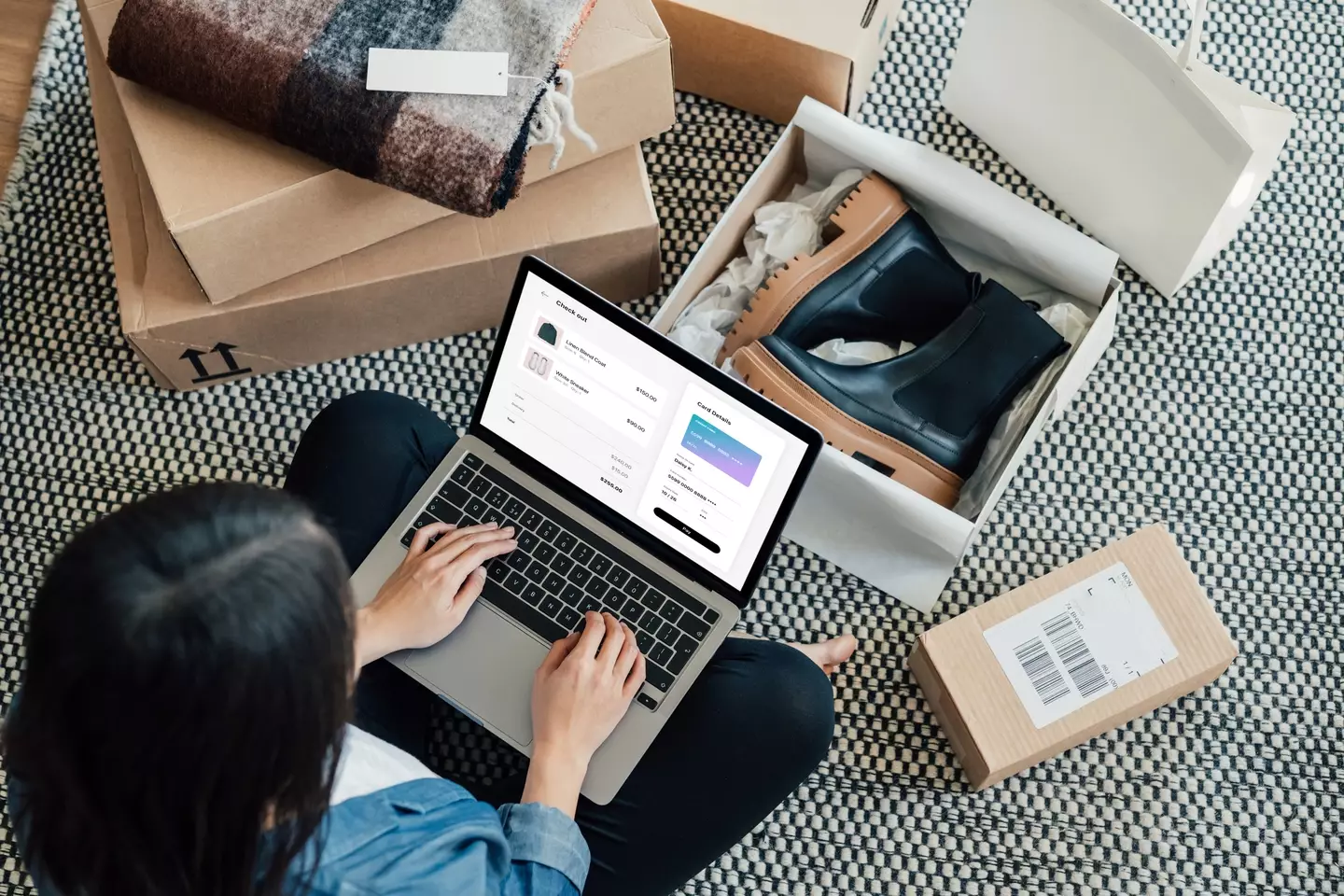

Major online retailers shipping from China and Hong Kong will be impacted (Oscar Wong/Getty Images)
Amazon’s issue
The world’s largest retailer, Amazon, will also feel the pressure of USPS’ temporary suspension.
That’s because more than 70 percent of products from Amazon wholesalers and retailers are produced in China, according to a survey conducted by Jungle Scout and published by the ECDB via Statista.
The USPS move and Trump’s tariff could potentially cause major disruption.
However, the Jeff Bezos-owned retail giant has been pushing to deliver more of its own parcels with Amazon Logistics, its own transportation program.
Founded in 2005, Amazon Logistics delivered 27.3 percent of all packages shipped in the US in 2023, as per Capital One Shopping Research.
However, the retailer ‘works closely’ with USPS and relies on it for ‘around nine percent’ of its package deliveries as of 2024, according to market research firm ShipMatrix.
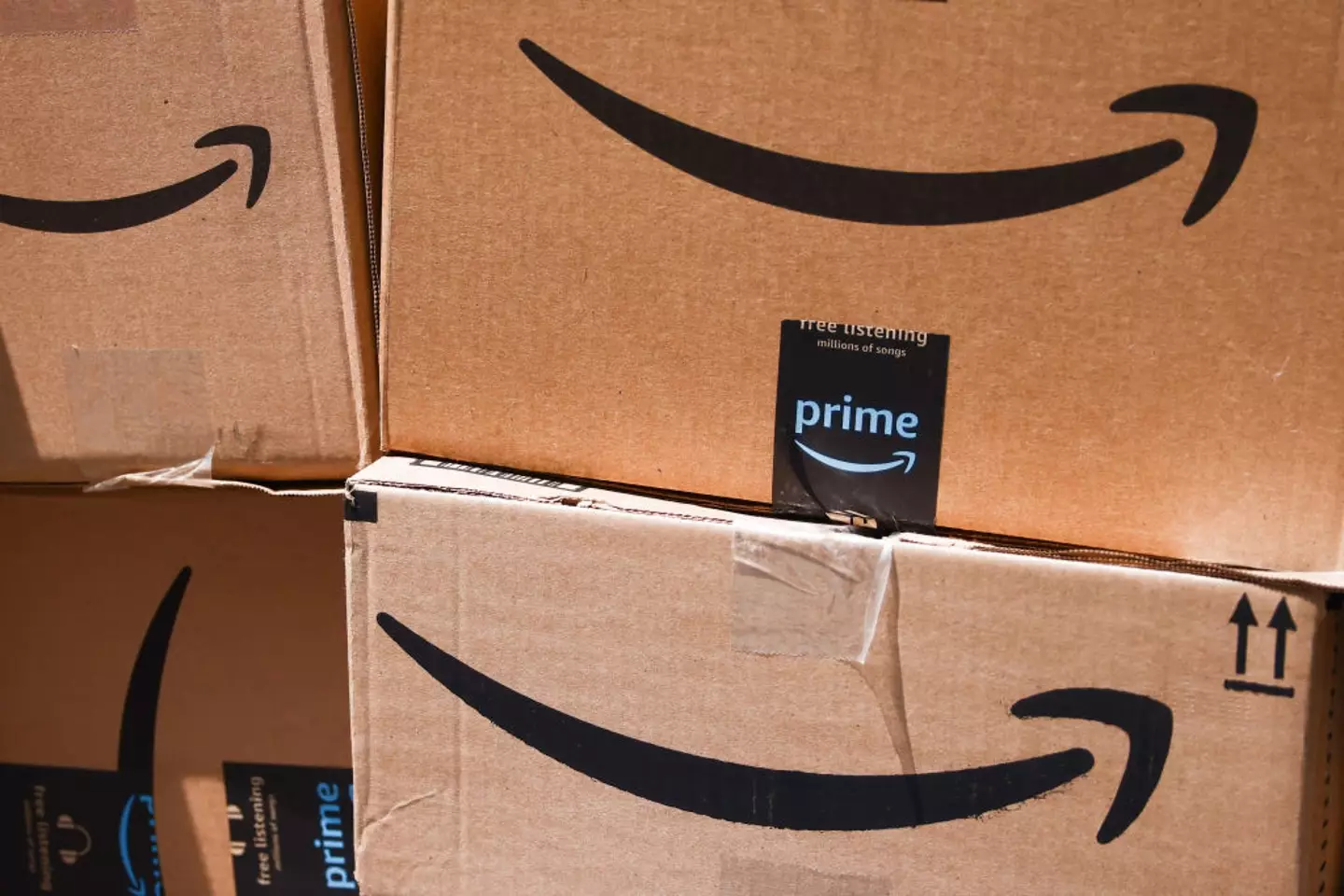

The majority of Amazon sellers’ items are produced in China (Beata Zawrzel/NurPhoto via Getty Images)
China’s response to Trump’s tariffs
Chinese officials slammed Trump’s new tariff as ‘unreasonable suppression’ on Wednesday.
In response, China has vowed to implement tariffs on a number of US imports, including a 15 percent levy on coal and liquefied natural gas and a 10 percent tariff on crude oil and large-engine cars.
A spokesperson for USPS told UNILAD: “Effective February 5, 2025, the Postal Service will continue accepting all international inbound mail and packages from China and Hong Kong Posts.
“The USPS and Customs and Border Protection are working closely together to implement an efficient collection mechanism for the new China tariffs to ensure the least disruption to package delivery.
“The Postal Service stays in touch with its international customers via Service Alerts found here.”
The world’s longest suspension bridge stretches two continents and takes a matter of minutes to cross.
The soul-crushing daily commute is a factor of life many of us are all-too-familiar with, and according to INRIX, the average US driver spends 51 hours stuck behind the wheel every year, losing two days and wasting an eye-watering sum in fuel.
It’s no wonder many of us look to escape the rat race with a vacation or two, though a road trip while on holiday could be a little off putting if you feel like you waste too much of your life sat on the highway in your car.
But what if I told you there’s an incredible bridge that connects Europe with Asia and cuts journey times by a whopping 93 percent?
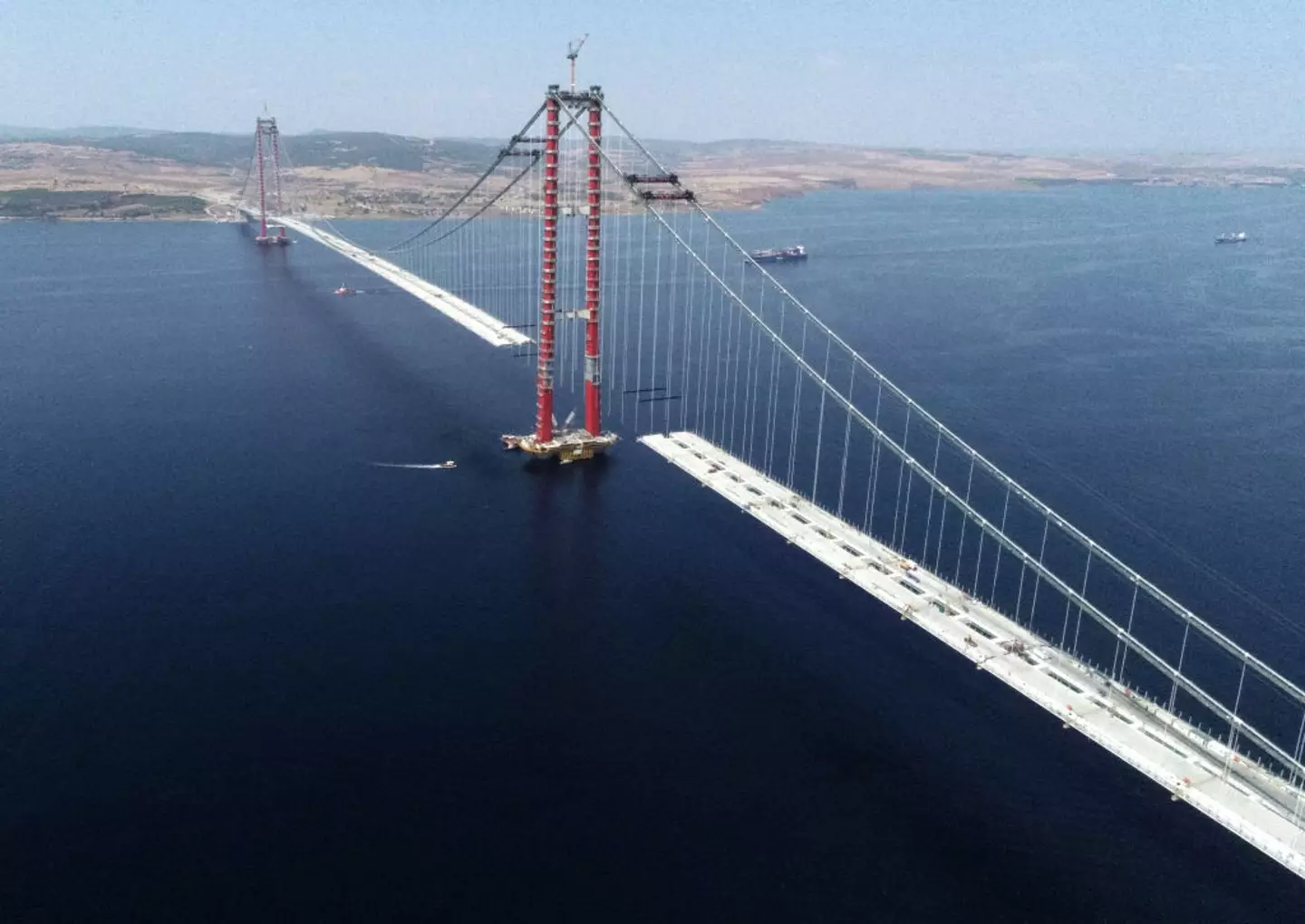

The 1915 Çanakkale Bridge in Turkey (Burak Akay/Anadolu Agency via Getty Images)
That’s what Turkish officials had in mind when they decided to construct the world’s longest suspension bridge, the 1915 Çanakkale Bridge, which stretches from northwestern Turkey across the Dardanelles Strait, a passage of water connecting the Aegean Sea and the Sea or Marmara.
The bridge connects Gelibolu, in the European side of Turkey, with the town of Lapseki found in the Asian region in the country.
This means it connects two continents with tarmac and abandons the need for the 90-minute ferry to get to the other side.
Now, backpackers, travellers and commuters can reach the other side in just six minutes.
Despite its ‘1915’ reference, construction on the bridge started in Mach 2017 and was open to the public on March 2022.
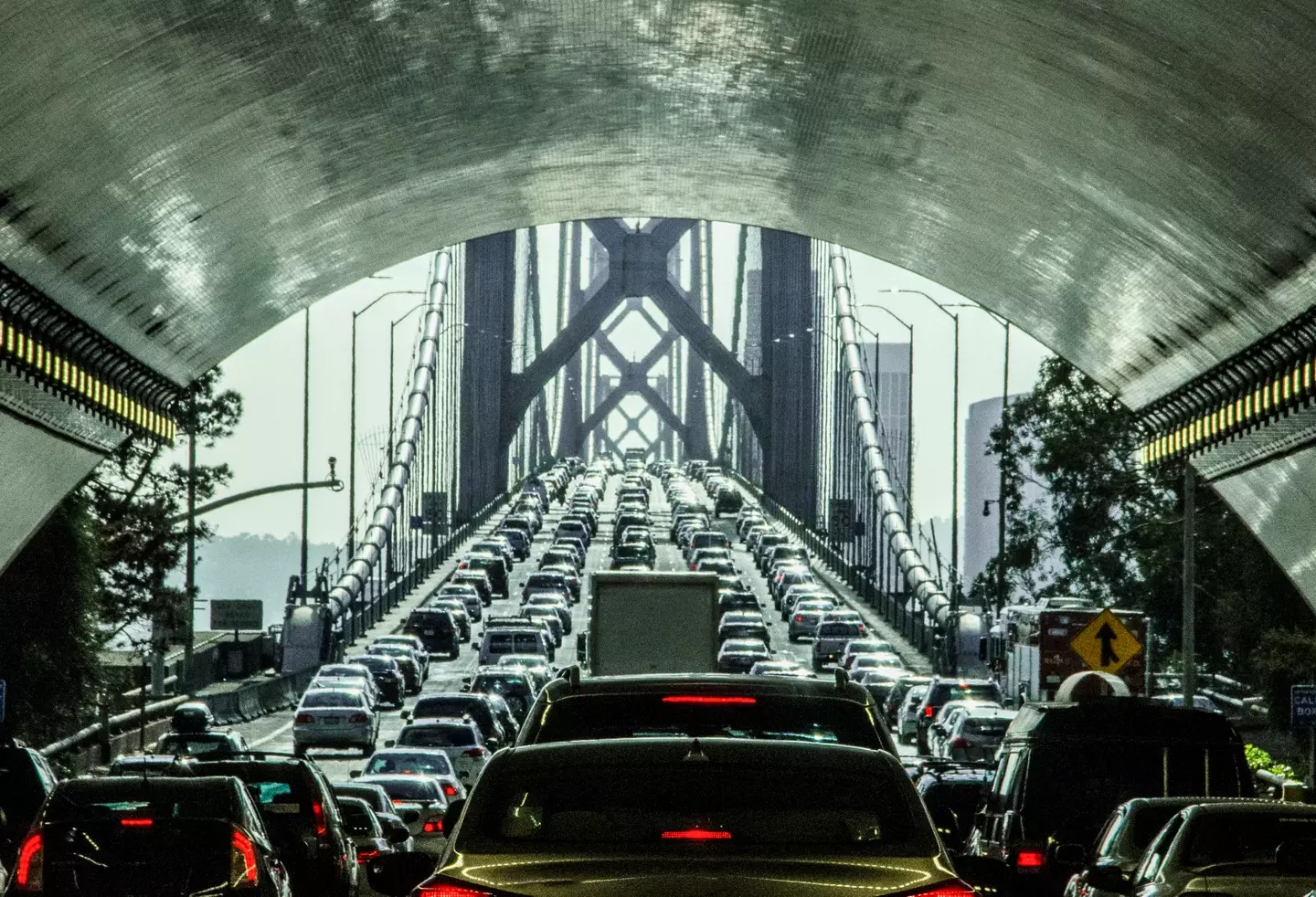

Not a sight you want to see (Getty stock Images)
Turkish officials used the historically significant date in the name of the bridge to honor an important Ottoman victory in the first world war which sparked a chain of events that ultimately led to the declaration of the Republic of Turkey in 1923.
And that’s not the only nod to Turkey’s history in the bridge as its 2,023 meter stretch pays homage to the year 2023, the year the country celebrated the centenary of the founding of the Turkish Republic.
Even the height of the bridge has some meaning behind it, with 318 meters symbolizing the date of March 18 when Turkey commemorates the soldiers killed during Gallipoli.
Anyway, as mentioned already, the suspension bridge spans 2,023 meters which means it surpasses Japan’s famous Akashi Kaikyo Bridge built in 1998 by 32 meters.
The Turkish bridge wasn’t exactly cheap to build either, with an eye-watering price of $2.7 billion.
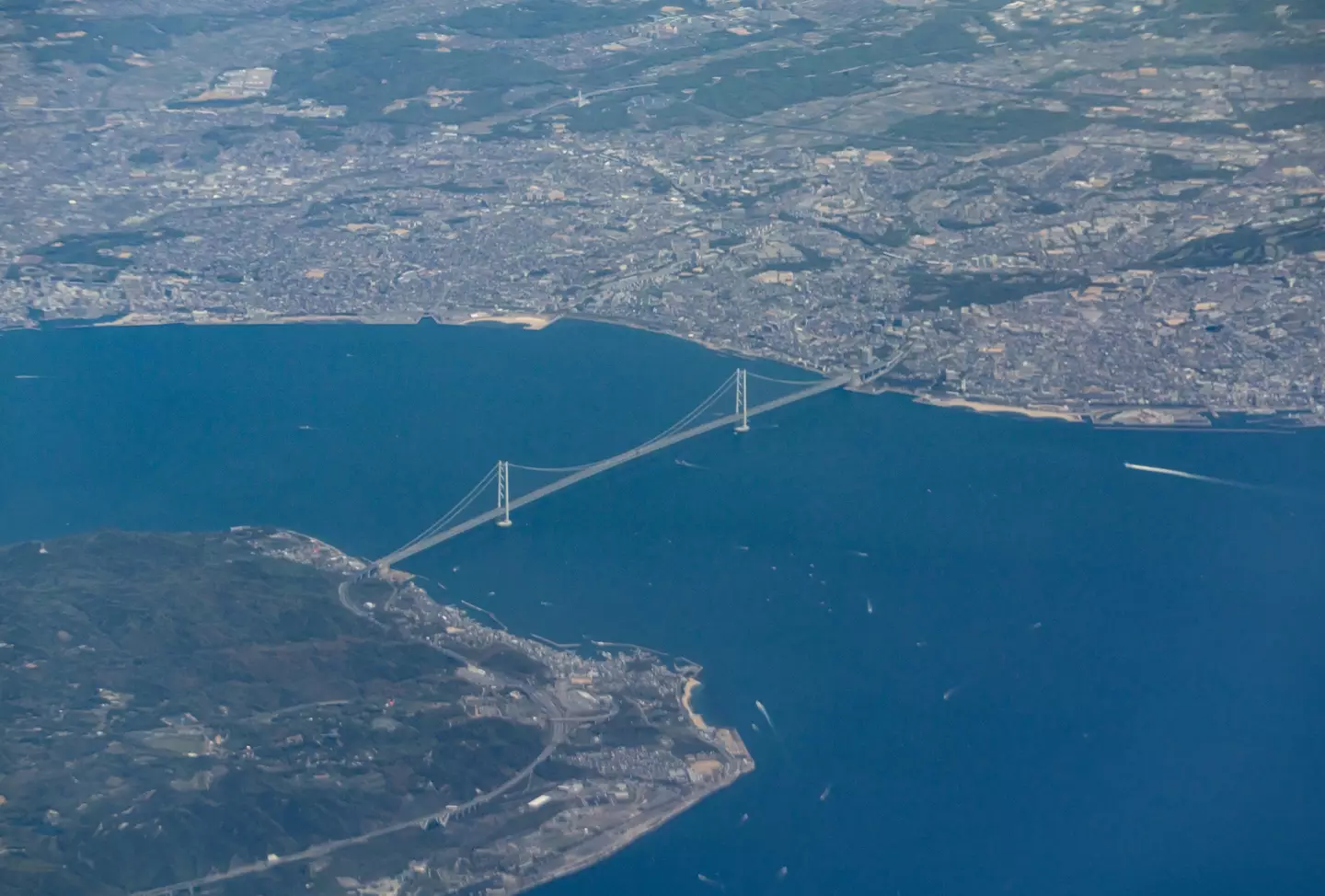

Japan’s Akashi Kaikyo Bridge has been dropped down to the second largest suspension bridge in the world (Getty Images)
“Turkey has overtaken Japan, which has the longest bridge in the world in terms of the midspan, and has taken the first place,” said President Erdogan during the inauguration ceremony.
South Korean Prime Minister Kim Boo-kyum added: “The 1915 Canakkale Bridge will leave this history of collision and conflict behind and will be a bridge between East and West, starting a new era of peace and prosperity.”
If you’ve ever wondered why there are no bridges in other key points on Earth, experts have been weighing in.
For example, why don’t we have a bridge over the 4,000-mile long Amazon river?
Well, that’s not really a possibility, even though it would seem like an obvious decision to make.
Speaking to Live Science, Walter Kaufmann, chair of Structural Engineering (Concrete Structures and Bridge Design) at the Swiss Federal Institute of Technology (ETH) Zurich, said the explanation is simple: “There is no sufficiently pressing need for a bridge across the Amazon.”
Despite its length, many of the areas located near the river are sparsely populated. As a result, there aren’t any major roads for a bridge to connect to.
Donald Trump has issued a warning after a new Chinese artificial intelligence (AI) app brought havoc upon the US stock market.
The release of chatbot DeepSeek on January 20 has seen chip-maker Nvidia’s stock price fall by almost $600 billion.
Now, the US president has declared it a ‘wake-up call’ for American companies who must focus on ‘competing to win’.
It comes as Donald Trump last week confirmed plans for a $500 billion AI project called Stargate, backed by tech giants including Microsoft, Oracle, OpenAI and, somewhat ironically now, Nvidia.
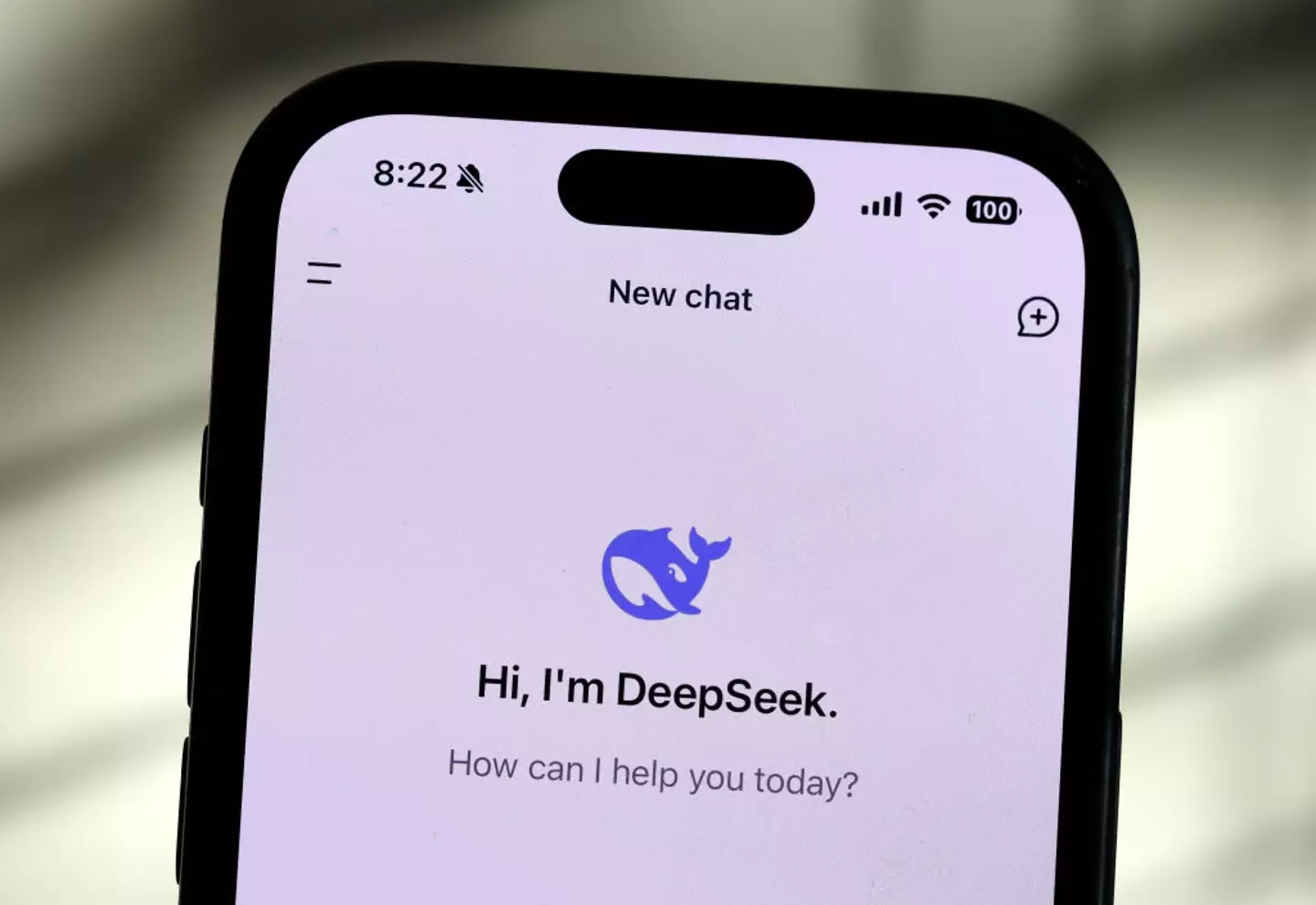

How does DeepSeek work?
Powered by the open source DeepSeek-V3 model, its researchers claim the AI model was trained for around $6 million.
This is significantly less than the billions that have been spent by rivals.
What’s more, the Chinese company claims it uses eight times less the amount of specialized chips to do so.
DeepSeek was supposedly trained on 2,000 GPU chips compared to an estimated 16,000 for leading models.
OpenAI chief Sam Altman praised the business for its ‘impressive model, particularly around what they’re able to deliver for the price’, though he added that OpenAI would ‘obviously deliver much better models’ moving forward.
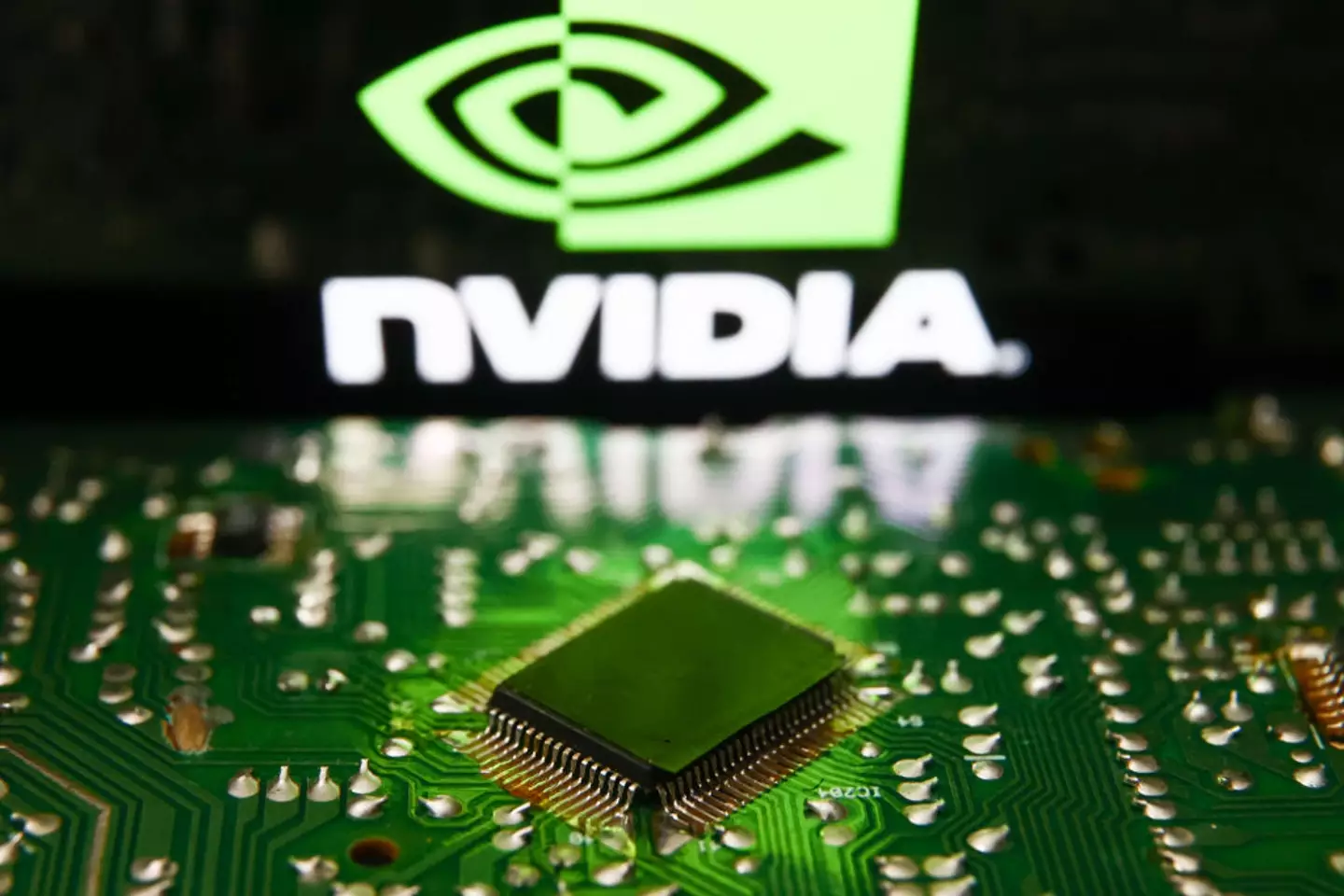

Nvidia has lost almost $600 billion in market value (Jakub Porzycki/NurPhoto via Getty Images)
Chip export ban
Back in 2022, the US restricted exports of these all-important chips to China, from companies including Nvidia and AMD.
The government claimed it was in an effort to mitigate national security concerns.
However, Wenfeng High-Flyer is said to have amassed a stockpile of Nvidia high-performance processor chips that are used to run AI systems.
Now, DeepSeek says its recent AI models have been built using lower-performing Nvidia chips not banned in China.
Not everyone is convinced though, with tech billionaire Elon Musk among those casting doubt.
Responding to a post which claimed DeepSeek actually has around ‘50,000 Nvidia chips that have now been banned from export to China,’ the Tesla CEO said: “Obviously.”
Why did DeepSeek cause Nvidia to lose market shares?
Being a new rival to ChatGPT is not enough in itself to upend the US stock market, but the apparent low cost for its development – and its use of chips not banned in China – has been.
Nvidia appears to have been hit the worst as its stock price plunged 17 percent in the space of one day, tumbling to $2.9 trillion from $3.5 trillion, as per Forbes.
The blow saw the chip maker slip from most valuable company in the world by market capitalization to third on, behind Apple and Microsoft.
So, DeepSeek has shown the US may not be the dominant market leader in AI many thought it to be, and that cutting edge AI models can be built and trained for less than first thought.
DeepSeek CEO Liang said in a July 2024 interview with The China Academy he was surprised by the reaction to a previous version of his AI model.
“We didn’t expect pricing to be such a sensitive issue,” he said. “We were simply following our own pace, calculating costs, and setting prices accordingly.”
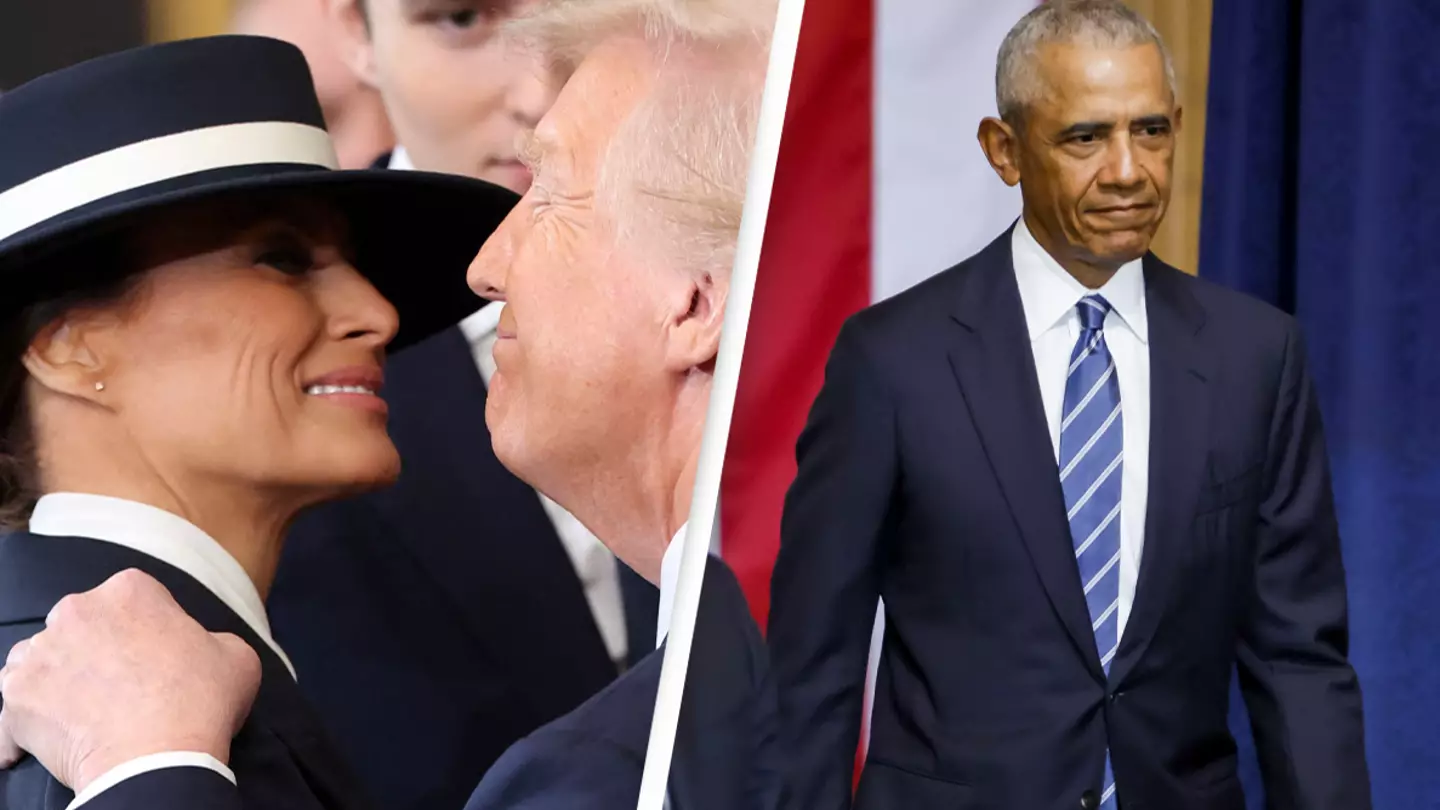

In case you missed it, there have been a handful of awkward moments during the President’s inauguration.
On Monday (January 20), Donald Trump took his oath to office for the second time and became the 47th President of the United States.
In less than 24 hours, he’s has already signed off on some arguably controversial executive orders, including a pardon for the January 6 rioters, a halt on the TikTok ban, a policy that declares there are ‘only two genders’, restoring capital punishment, and withdrawing from the Paris climate agreement.
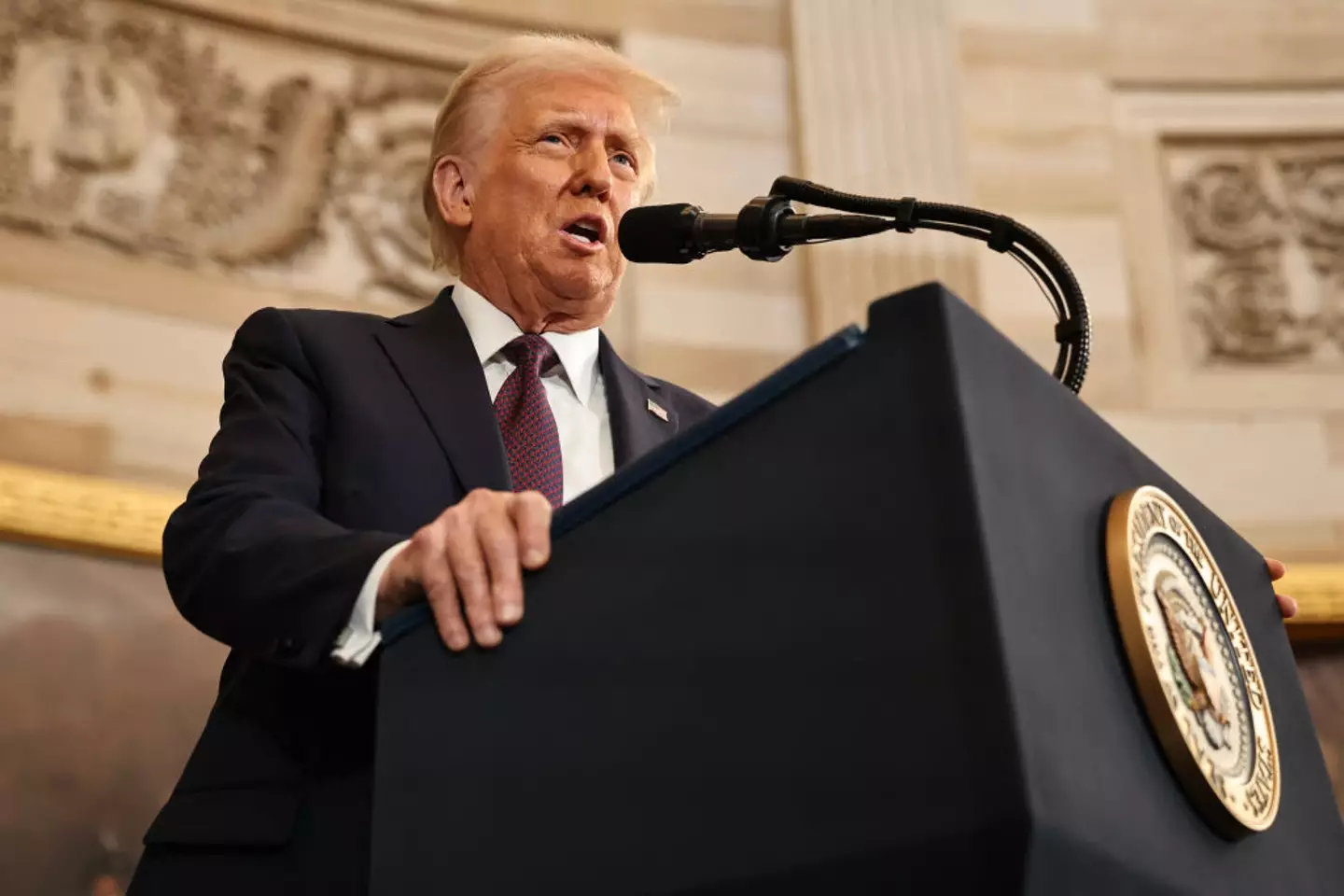

Trump has made several changes already (CHIP SOMODEVILLA/POOL/AFP via Getty Images)
Indeed, the States is about to go through some drastic changes with Trump at the helm, but that’s not all people are talking about.
Eagle-eyed viewers have been nitpicking the highs and lows of the inauguration ceremony – and there were certainly some cringe and questionable moments worth highlighting.
So, here are just eight of those awkward moments.
Kamala Harris and Joe Biden sit silently
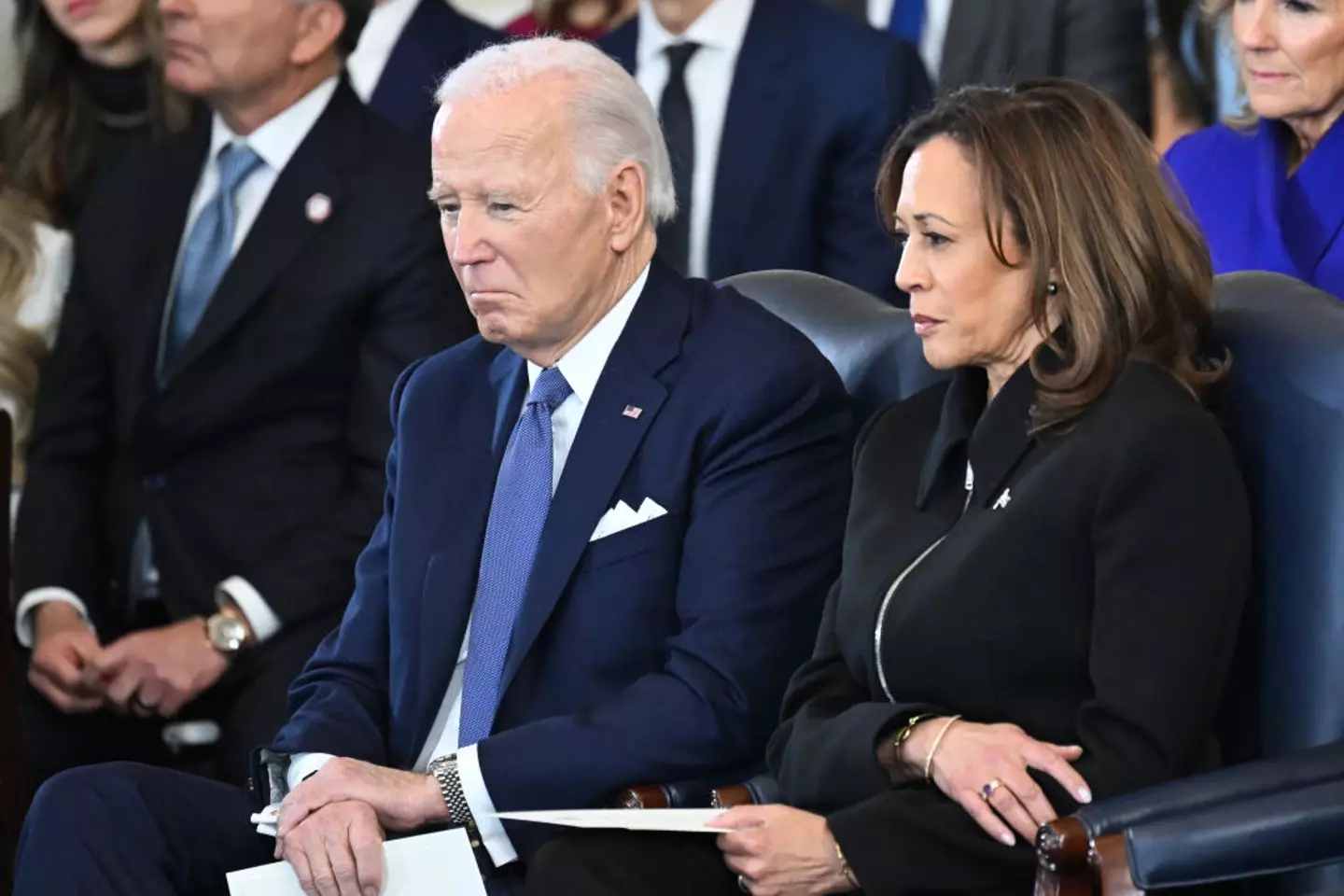

A moment of silence for Joe Biden and Kamala Harris (Saul Loeb – Pool/Getty Images)
In his inauguration address, Trump couldn’t resist firing some digs at the opposition.
While he announced the ‘golden age of America begins right now’, he turned to slam his predecessor’s government for falling short of managing ‘a simple crisis at home’.
But there was no applause or celebration from either the former President, Joe Biden, and Vice President, Kamala Harris, who instead were spotted sitting silently.
Billionaires bag best seats
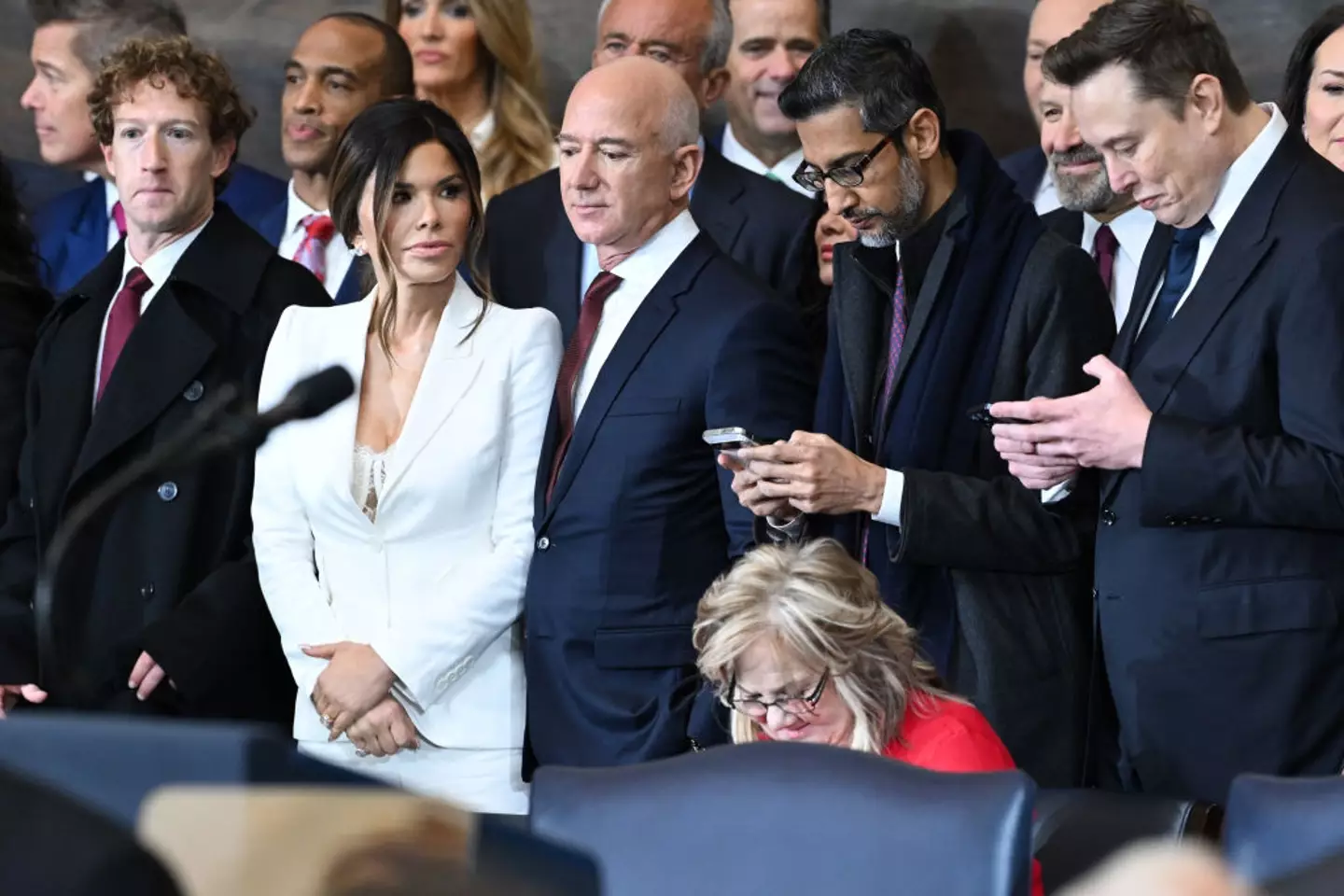

The tech billionaires dominated the front row (Saul Loeb-Pool/Getty Images)
Tech gurus and some of the world’s wealthiest men were given VIP seats to the ceremony inside the Capitol Rotunda.
Facebook CEO Mark Zuckerberg, Amazon’s Jeff Bezos, with fiancee Lauren Sánchez, and SpaceX and Tesla founder, Elon Musk, all rubbed shoulders on the prestigious inaugural platform before most of Trump’s predicted Cabinet officials.
And let’s not forget Musk’s weird personal moments during the day’s events, from his strange ‘thumbs up’ next to a less-than-impressed Barron Trump to making an alleged ‘Nazi salute’, twice, when overcome with emotion about the prospect of sending a man to Mars.
Amid a sea of smart blue and black business attire with most of America’s statesmen and stateswomen suited and booted for the occasion, there was apparently just one who didn’t get the memo.
John Fetterman, the senator of Pennsylvania, rocked up wearing grey shorts, sneakers, and a black hoodie which his supporters describe as his ‘trademark outfit’.
The Democrat told ABC News last month that anyone hoping Trump would fail is ‘rooting against the nation’, reports The Independent.
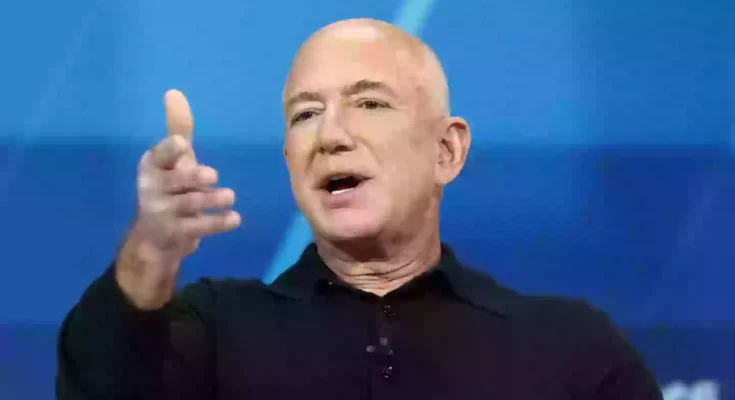
.webp)
.webp)
